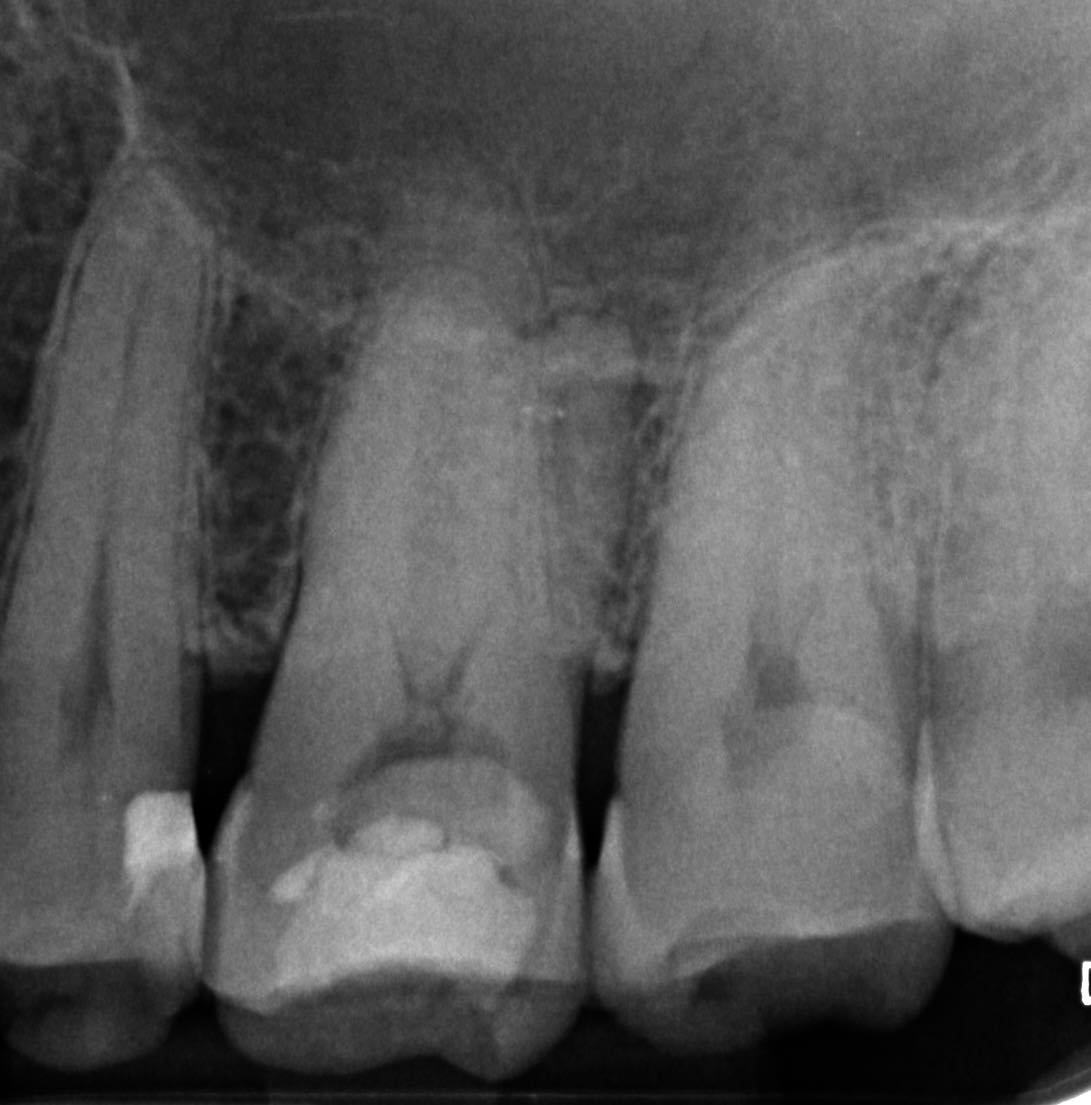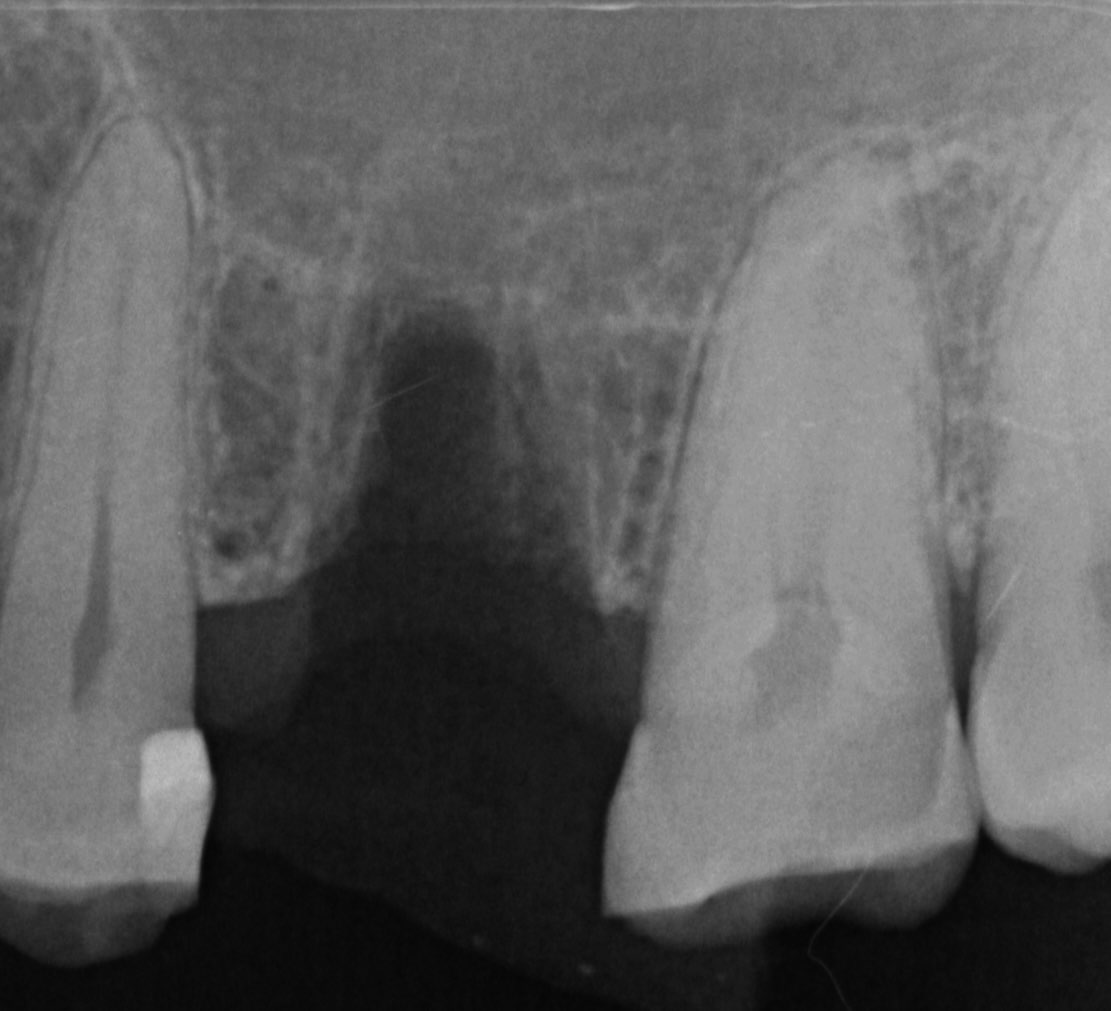Dimensional changes in ridge morphology
Many clinical and histological studies show that the maintenance of alveolar bone mainly depends on physiologic and mechanical stimulation elicited by the presence of the tooth in the alveolar socket. Following the extraction of the tooth, resorptive changes take place.
- The rate of the dimensional changes in the extraction site could be rapid during the first 2-3 post-extraction periods, while more gradual after that.
- Bundle bone constitutes the walls of the tooth socket; its existence and resorption rate are dependent on the blood supply from the periodontal ligament, which disintegrates after the tooth extraction.
- It has been shown that horizontal bone loss progresses more extensively in the buccal-lingual direction.
What factors determine the extent of post-extraction bone resorption?
The extent of post-extraction bone loss is influenced by the factors below:
- The traumatic elevation and the type of the flap raised during the surgery (split thickness versus full thickness).
- Systemic and local biological health of the patient.
- Patient’s lifestyle, such as smoking.
- Number of roots.
- Pre-extraction dimensions of the peripheral alveolar bone.
- Hard and soft tissue biotype.

Before extraction

After extraction
What factors determine the rate of post-extraction bone resorption?
According to scientific evidence:
- 50% of the alveolar socket bone ridge width resorption occurs during the first year after extraction, with most bone resorption and periodontal conditions happening during the immediate post-extraction period.
- The marginal bone crest may resorb by an average of 1mm within the first three months.
- Bone resorption occurs more extensively horizontally than vertically.
- Since bundle bone may account for most of the buccal bone of the socket, after its resorption, the total buccal bone may vanish. This is more evident as the buccal bone plate is thinner than the lingual side.
- Ridge resorption is often observed in the buccal aspect of anterior teeth in the aesthetic zone after extraction, though socket bone resorption is more concentrated in the posterior region.
Why do we perform an atraumatic tooth extraction?
An atraumatic tooth extraction is performed to minimise mechanical, chemical, bacterial, or biological trauma to the socket walls. Surgical trauma caused by tooth extraction can be limited by using a minimally invasive approach, which reduces the risk of micro-fractures in the thin surrounding socket housing and decreases the resorption rate.
How do we perform an atraumatic extraction?
The process includes:
- Investigating radiographic findings around the tooth with a poor prognosis for extraction.
- Conducting a thorough clinical evaluation to assess the anatomical features near the planned extraction site.
- Loosening and segmenting the roots when the tooth is endodontically treated, to reduce undue mechanical trauma to the alveolar socket.
Why do we use bone grafting into an extraction socket?
- In the absence of bone augmentation, bone defects from trauma, extraction, and gum recession may develop around the neck of the implant, causing aesthetic and biological complications, especially in the aesthetic zone. However, bone grafting, while often successful, may face complications like infection or resorption.
- Bone replacement materials (BRMs) minimise the rate of bone resorption.
- BRMs compensate for bone resorption around the extraction socket.
What are the available bone regeneration/augmentation materials?
- Bio-Oss: A natural bone mineral derived from bovine (cow) bone. It has a similar micro-architecture to human bone and promotes the ingrowth of blood vessels and bone cells, gradually integrating into the native bone.
- Bone ceramic particulates (e.g., Vitabone or Ceraboneß): Synthetic bone graft materials made from tri-calcium phosphate. They resorb within three to six months.
- Autogenous bone grafts: Harvested from the upper or lower arches, such as wisdom teeth and the chin. Patients who do not wish to use animal-derived grafts or membrane products should inform their doctor before consenting to the procedure.
- Autologous bone: Available in particulate or block forms and sourced from human resources stored in bone banks.
How do we perform 3-dimensional socket preservation?
- By filling the socket using Bone Replacement Materials (BRM).
- By sealing the socket and covering the grafts with a biological barrier such as resorbable (collagen) or non-resorbable membranes (e-PTFE). These materials are sometimes covered with a protective collagen membrane derived from porcine (pig) or bovine (cow) collagen, which prevents displacement and early resorption of the graft material.
- Sockets can also be sealed using connective tissue grafts or free gingival graft materials (pedicle grafts).

